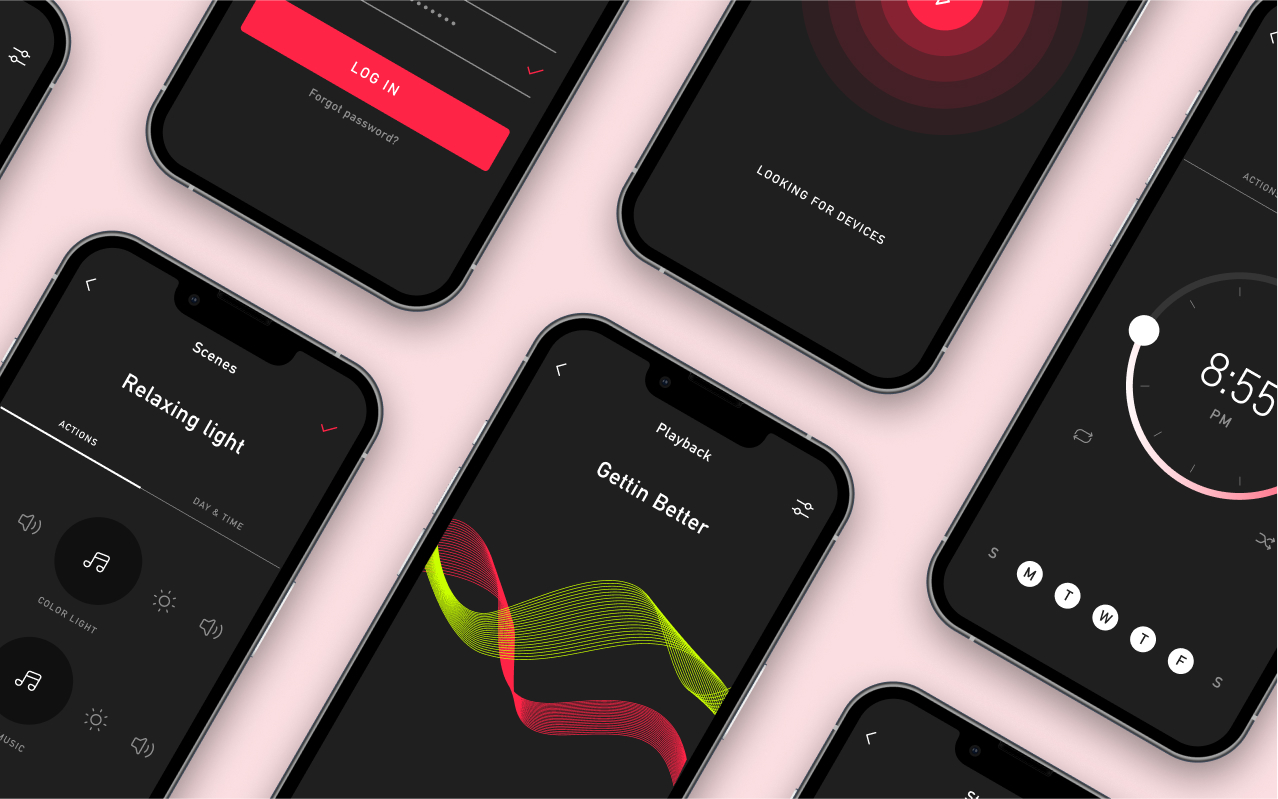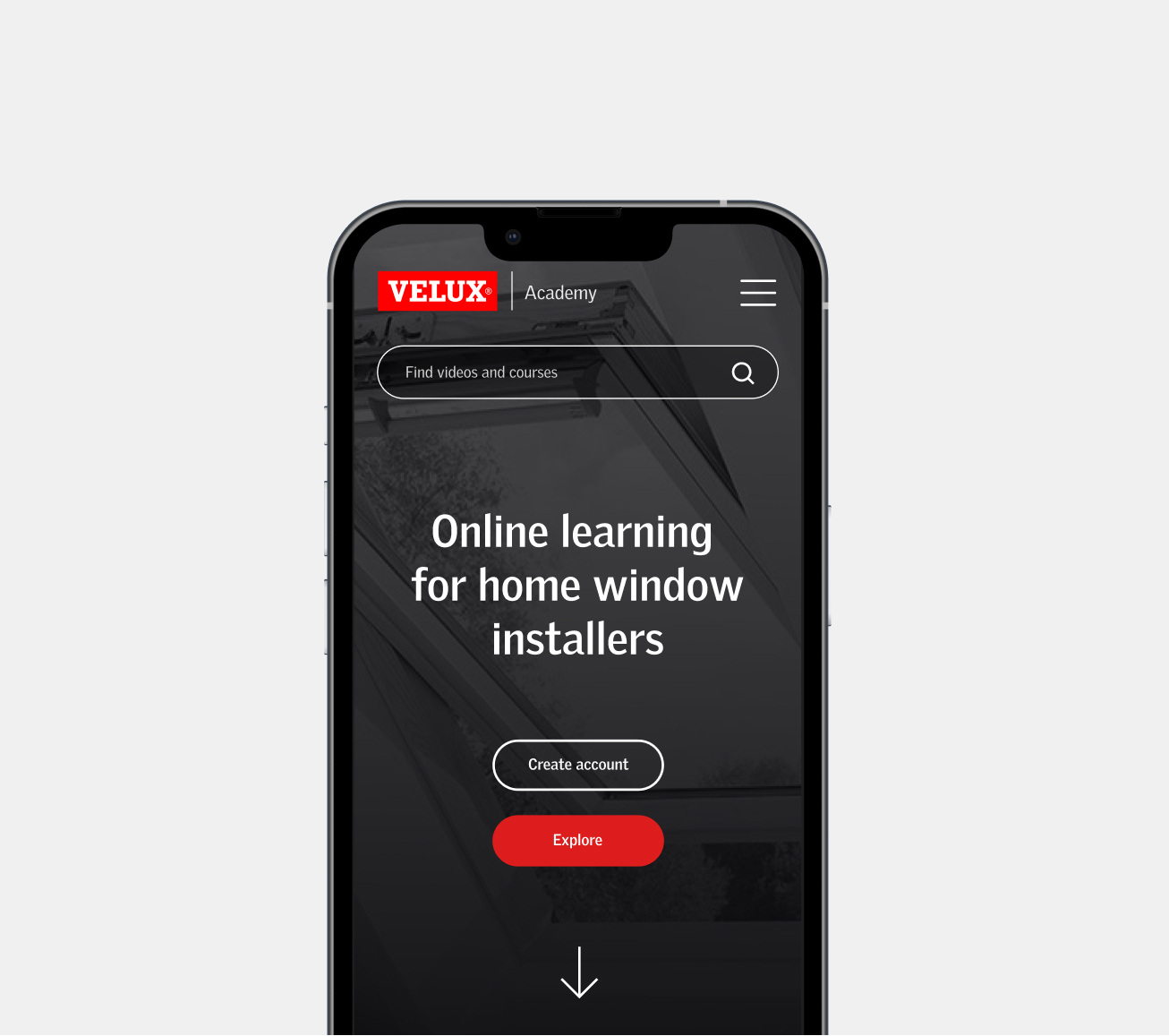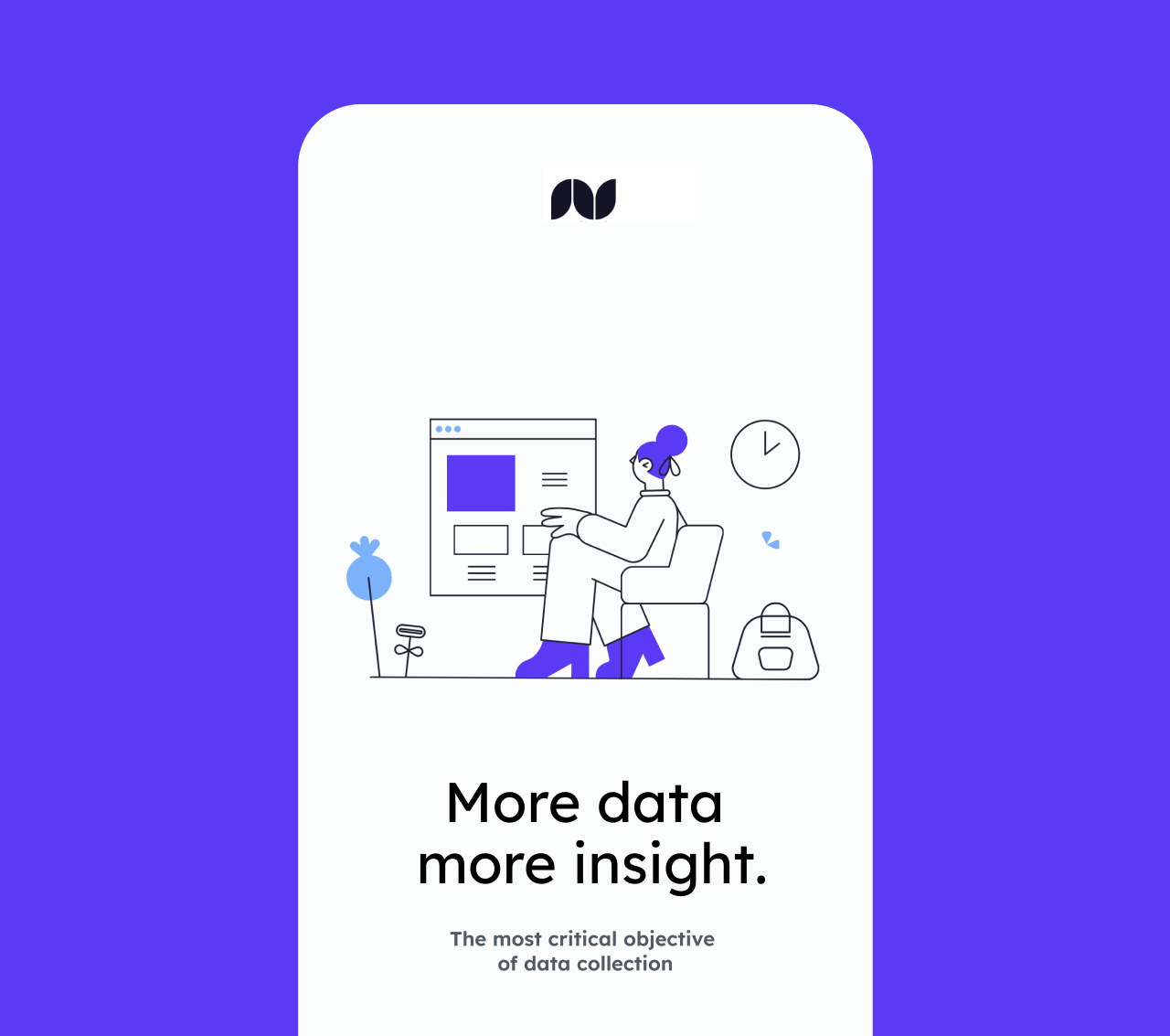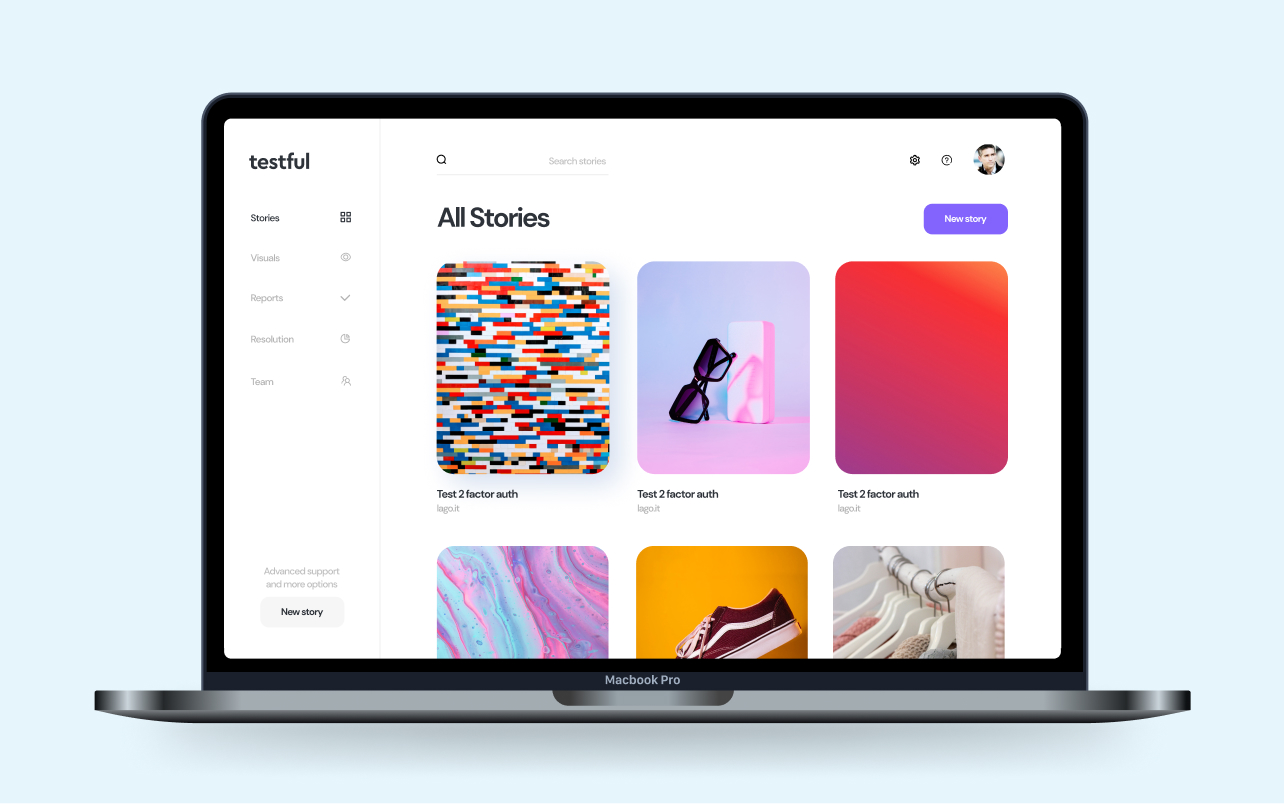UX design creates valuable brands.
Building strong relationships with our clients, we take the time to learn about their business challenges. From that deep understanding, we develop experiences at the convergence of strategy, design, and technology.
Approach
Variant award winning team of designers, researchers and developers have extensive experience in UX design, UX research, customer experience strategy, and development of innovative software applications. We work hand in hand with brands to maximize the business value of their user experience.
Design strategy✕
The convergence between strategy and customer experience generates value innovation.
UX Benchmarking
UX benchmarking evaluates the performance of the user experience compared to the competition. UX benchmarking provides valuable insights about the quality of the UX compared to the industry standard. Variant uses a mix of different techniques to generate better results. Retrospective Benchmarking: users recall their recent experience with the target product or service, and then answer specific questions about it. If users don't recall some areas of the UX, designers may consider further improvements. Task Based Benchmarking: users must use the product or service in real time and complete a set of specific tasks. Interviewers observe users' interactions and report any specific problems.
"Experience First" strategy
The boundaries between services, products and platforms are increasingly blurred. Modern consumers demand fast and engaging experiences across multiple touchpoints. To stay relevant in the market, decision makers should shift their focus from products to experiences. An "experience first" strategy starts by mapping customers behavior to generate innovative product ideas. The product or service is part of a broader ecosystem where any touchpoint has the potential to generate value for the customer. Adopting an "experience first" strategy is the best way to create sustainable value.
Blue ocean strategy
The blue ocean strategy main objective is differentiating yourself from the competition. Instead of competing over price in overcrowded markets (red oceans), successful companies create differentiated products to tackle demand in new market spaces (blue oceans). Variant helps companies map their strategic positioning and identify the actions necessary to create an "experience-first" strategy. An experience-first strategy is the best way to generate consistent value for the end user.
Service design✕
An innovate approach to design services, starting from the user experience.
Buyer personas
Buyer personas are detailed heuristic representations of the Company's ideal customer. Through a mix of qualitative and quantitative techniques, buyer personas help answer key questions such as: How do customers make purchasing decisions? What channels and touchpoints are more effective? What problems and frustrations affect users? Where does user engagement come from? What topics are the most interesting for users? How can we generate value for the customer? A detailed buyer persona helps generate new value opportunities through a user-centered approach.
Customer journey map
The best performing companies build their customer experience around customer journeys. Customers "travel" through many decision-making stages until they reach their final decision. Customers often go back and forth between various alternatives before making their choice. The journey is made of touch points, in which the customer and the brand communicate with each other. Each touch point is an opportunity to influence the decision process by creating valuable experiences. To maximize the value of the experience, it is necessary to audit all the touchpoints and understand their nature (information, awareness, purchase decision, etc.). A tailored customer journey is essential for creating an effective customer experience.
Service Blueprint
A Service Blueprint is a visual map of a company's service. Service Blueprints provide an overview of the service to all the actions involved, allowing them to understand their strategic role and to provide the best possible service to the customer. The Service Blueprint is often used together with the customer journey to better understand people, operations and infrastructure necessary to provide the service. The customer journey is broken down into its fundamental steps, from the first contact with the brand to the final transaction. For each of these steps, we help the Client identify the actions and requirements that provide the best customer experience.
Customer support strategy
Customer support is the fastest growing expense on most companies balance sheets. Users expect fast and reliable support, especially in highly competitive environments. Companies must strike a delicate balance between satisfactory customer support and reasonable budgets. The market offers several solutions to the problem: chatbots, helpdesk software, ticketing systems, support automation. However, not all solutions are suitable for each business. Poorly implemented customer support puts the company at risk of damaging the user experience in irreparable ways. We help companies understand their support needs and identify the solutions with the best return on investment.
User experience design✕
Products, services and experience to maximize customer satisfaction.
Design systems
A Design Systems is a visual map of the brand visual language. Design systems make it easy to create scalable, coherent and efficient designs. By using a design system, design teams can leverage a common creative language. The main components of a design system are visual patterns (reusable graphic components), brand style guidelines, and best practices on how to design UX efficiently. A Design Systems is often used as a guide for the internal UX design theme. But it also a great tool sharing the brand's design principles with external development teams.
Information architecture
Digital platforms must find a balance between a good user experience and strong business results. Information architecture is the practice of organizing the content within a digital ecosystem to help the user achieve their goals. A good information architecture will improve "findability" (the ability to quickly identify the most important content) and general usability. Information architecture can also help create effective marketing flows while maintaining a good user experience.
Wireframing
Wireframes allow stakeholders to get quick visual feedback before starting the actual design phase. It is a low fidelity prototype that represents the structure and navigation flows in a schematic way. Their simplicity makes it easy to focus on the structure without wasting energy on other details. Since they are faster to create than conventional designs, the design team can iterate through several alternatives before making a final decision.
Interaction flows
Interaction flows show how different types of users interact with a target interface. They are visual representations of all the possible paths the user can take. Not all users use interfaces in the same way. A good user interface must offer different ways to achieve the same goal. In addition to that, many users go back and forth, in a non-linear fashion, before completing their interaction. Interaction flows allow you to quickly compare alternative scenarios to determine what patterns are the best for each type of user. They can be used to analyze the effectiveness of an existing interface, or to validate a new design. They can also be useful for gathering intelligence about competitors' user interfaces.
Component design
A design system is a collection of patterns and modular components that can be combined in infinite ways to design complex interfaces. Modern digital products require complex interactions that are constantly evolving. The traditional design process, based on pages or screens, is not suitable for interactive applications. Design systems make the design process dynamic by focusing on reusable components instead of static screens. They help the design team create a coherent user experience across all brand touchpoints.
User interface design✕
We design usable interfaces for advanced applications.
UI design
Interface design is one of the core activities of human-centered design. The user interface is the point of contact between the users and the product. A good UX design must combine a desirable experience with effective functionalities. Our team of designers is able to design high quality interfaces. We design according to the best international best practices, and using innovative methodologies such as rapid prototyping. We work together with the company's team to maximize the business value of the user interface.
High fidelity prototypes
A high fidelity prototype is a complete simulation of a web site or an application. The prototype is visually identical to the final version. It simulates all the interactions that a user would encounter on a real application. High fidelity prototypes make development faster because they can test many iterations of the user experience before the actual development phase. Since the prototype is interactive, it can be used to collect feedback from real stakeholders, consultants or users. The feedback is then used to improve the user experience.
Creative benchmarking
User needs evolve over time due to industry trends, the spread of new technologies, or competitor innovation. Since user priorities are constantly changing, keeping track of them is essential to customer satisfaction. A creative benchmark is a detailed report about user expectations. It offers insights on how to improve the user experience of a specific product. The creative benchmark report contains industry trends, a SWOT analysis of the market, and specific insights on how to improve the user experience of the target product or service.
Developer handoff
The design work does not end with the delivery of the visual outputs. Many designers don't have the technical skills to check if their responsive designs, animations or advanced interaction are technically feasible. Our software engineers audit each design to make sure everything is OK from a technical standpoint. Once the check is complete, we create guidelines to help developers faithfully reproduce the user experience. Finally, we support the development team during their work to prevent any potential problems.
Vocal & hybrid interfaces✕
Innovative design tools for an ever changing world.
Phygital design
The word "phygital" comes from the combination of the words "physical" and "digital". A phygital user experience integrates digital features within the user's physical experience, and vice versa. A phygital design strategy creates interesting business opportunities. It can be used to streamline the sales process, to create personalized online shopping experiences, or to augment physical locations with advanced functions typical of online applications. Phygital experiences are a great source of intelligence thanks to data tracking technologies.
Vocal interfaces
We design conversational experiences based on voice interaction. Conversational interfaces have many use cases. In its simplest form, a conversational experience can detect the user's voice and respond to commands. In advanced cases. It can be used to create advanced experiences based on custom interaction patterns. Retail users appreciate voice interfaces because they are easy to use. But conversational experiences can also improve productivity levels in industrial systems and professional interfaces.
Chatbot design
We help brands create chatbot-based interaction systems based on custom interaction patterns. Chatbots have many use cases. They can increase customer satisfaction by offering contextual support; or they streamline the support process by pre-qualifying the customer's requests. Finally, they can be used to generate proactive interactions in critical areas of the user experience.
Media integration✕
Hybrid experiences at the convergence between physical and digital worlds.
UX microcopy
Microcopy is the set of small textual interactions that make up the interface. Some examples are: error or confirmation messages, button labels, form fields, validation messages, menu items, call to actions. It plays a big role in the interface usability, but it is also a great asset to invite the user to take action. An effective microcopy must be explanatory and concise. It must take inti account both the brand tone of voice, and the functional constraints of the user interface.
Media selection
Graphic interfaces are often supported by additional visual elements. Some examples are: icons illustrations, pictures, videos, and animations. The media selection phase if often overlooked, but it is vital to design success. Even the most exceptional designs can be ruined by the wrong selection of pictures or videos. We adopted an integrated approach in media selection. We carefully select a set of media items that are perfect for the design. We also produce guidelines to help authors select the must suitable media in the future.
Copy design strategy
Each interface has functional limits. For example, a particular menu could only contain a certain number of elements, or a text section may have size limits related to design constraints. With a copy design strategy, designers audit the interface and create a set of use cases for text and image content. The strategy is then shared with copywriters and media buyers to facilitate their work. The most common use cases are: the ideal length of titles and subtitles, the minimum and maximum length of texts for each section, the minimum and maximum number of menu items, the minimum and maximum number of categories and subcategories, the length maximum of navigation labels. Compliance with the guidelines ensures that the interface maintains an optimal level of usability.
If you’re interested in any form of collaboration, please send us an email and we’ll get back shortly.
info@variant.design




